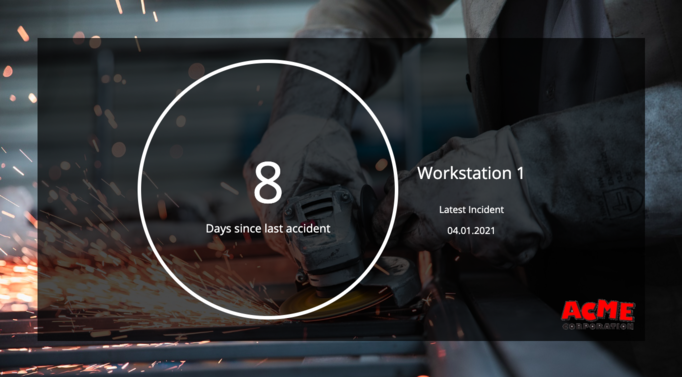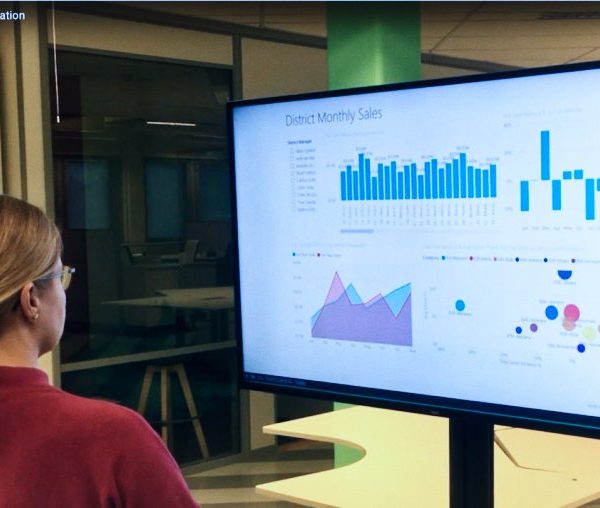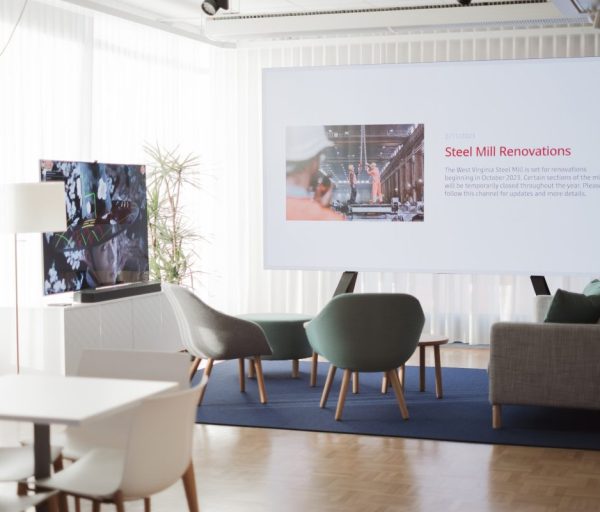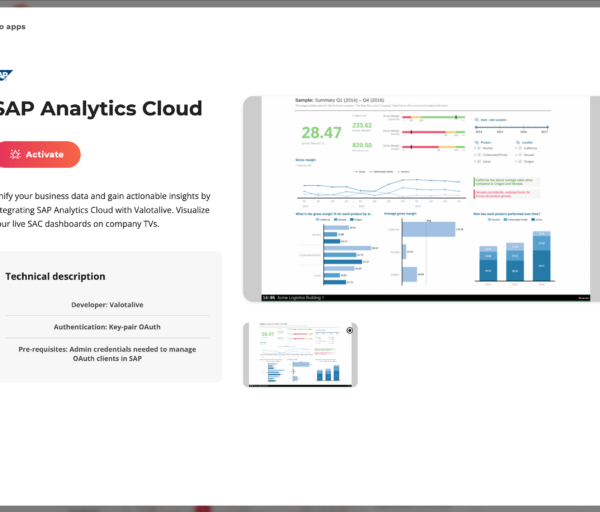The Fourth Industrial Revolution is approaching, and no industry is riper for a tech boost than manufacturing.
In the United States alone, 86% of manufacturers are confident that smart factories will become the number one driver of competition by 2025.
Despite the confidence in technology’s growing importance, nearly two-thirds say they’ve made absolutely no progress on their digital transformation in manufacturing.
Take it slow with individual initiatives.
Digital Transformation Trends in Manufacturing Everyone Should Prepare For
With labor engagement and productivity stalled, digital transformation in manufacturing should focus on creating a healthy environment for workers to thrive.
1. Focus on Company Culture
Today’s manufacturing workers feel increasingly disconnected from their labor which severely hinders productivity.
Developing a cohesive culture can help workers feel connected to each other, the company’s growth, and their impact on society. Look for ways to involve everyone.
Plus, smart factories require cohesion between often conflicting departments like IoT and IT – a problem culture is perfect to solve.
2. Consistent Connectivity
Manufacturing companies face a huge challenge as they strive to stay connected across multiple devices, tools, and locations. Surprisingly, this problem alone holds back digital transformation for many manufacturing companies.
Advanced digital signage tools integrate with countless apps and devices so both factory and office workers can stay informed and connected no matter where they are.
3. Leveraging Data to Reduce Inefficiencies
Harley-Davidson managed to slash a 21-day production cycle down to just six hours by adding special data-collecting smart sensors to its machines.
Digital transformation is driving factories to both access and leverage data to their advantage. Look for ways to visualize your data so everyone can understand it and draw insights, such as digital signage tools.
4. Improving Safety with Remote Work
Today’s round of digital transformation in manufacturing focuses largely on making existing jobs safer. Production facilities can be equipped with different sensors (such as gas detection) to monitor the environment. Technology solutions (such as robots) help safeguard workers. Companies measure and communicate safety success metrics to build a strong safety culture.
5. IoT and IT Integration
In cases such as the Harley-Davidson example, manufacturing companies are increasingly bridging the IoT and IT divide.
The physical nature of manufacturing means that any smart factory needs efficient IoT-IT integration. That’s why Deloitte research shows leaders are prioritizing investments in things like AI, analytics, IoT, and cloud tech to lay a solid foundation.
6. Rethinking Long-term Value from Tech
Manufacturing leaders say they’re facing unprecedented competition today. However, they’ve learned from their mistakes over the last two decades of implementing new tech.
Instead of jumping onto the brightest and shiniest technology, they’re focusing on flexible tech that allows them to capitalize on fresh opportunities and pivot in changing global markets. In today’s digital transformation in manufacturing, long-term value is key.
Keep Everyone United During Digital Transformation in Manufacturing
Digital transformation in manufacturing can’t succeed without proper communication. Digital signage that incorporates data visualizations, app integrations, safety measures, alerts, and culture is vital for keeping everyone informed, empowered, and united.

Read more about Accident Free Days Counter for manufacturing.
Manufacturing companies like yours trust Valotalive’s digital signage to keep workers engaged and on the same page whether they’re in the same factory or spread out in different workplaces around the world. Learn how!



